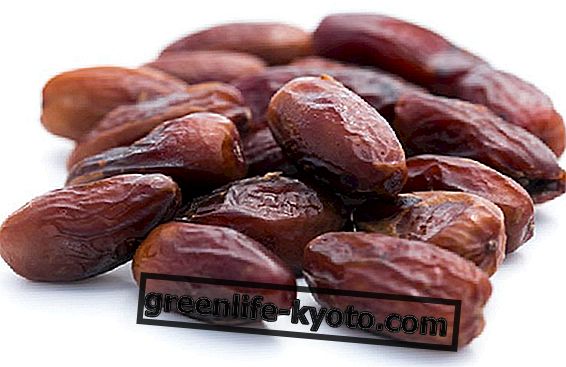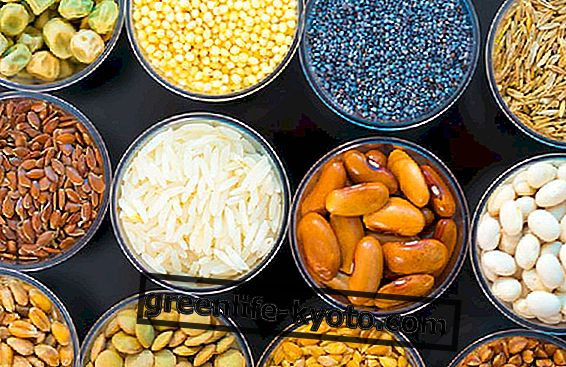
Some women who have suffered from kidney colics report extremely severe pain, superior to childbirth.
The pain is actually excruciating and is often even accompanied by febrile states, and the causes are generally related to the production of stones, crystal formations that can be based on calcium combined with oxalates or phosphates, or formed by thickening of uric acid or of cystine .
Urinary tract infections are also able to give rise to renal colic, because they can form calculous agglomerates called struvite calculi .
Symptoms of renal colic
When the calculus begins to move in the urinary tract and, in size and shape, cannot be expelled through urination, one experiences a very strong acute pain that radiates to the back in the kidney area, on the hips and descends towards the groin .
Often the pain increases because the muscles of the ureter contract to facilitate the push of the crystal towards the bladder. It is very easy to notice the appearance of blood in the urine and burning during urination.
As in the case of cystitis, a sense of heaviness is added and continuous urge to urinate . Sometimes a local infection takes over with the appearance of fever and nausea. In these cases it is good to call the doctor and often one must undergo a hospital pharmacological treatment, because the pain is debilitating.
Discover the diet to fight kidney stones
What to do to prevent kidney colic
First of all, it is always necessary to drink a lot of water, at least 3 liters a day, in order to produce sufficient urine that expels renella, bacteria and dilutes any concentrations of uric acid and calcium.
Reducing the intake of red meat and poultry, reducing dairy products, paying attention to the use of supplements based on calcium and vitamin D are surely tricks that those who are subject to the formation of kidney stones must introduce.
I also add the healthy habit of keeping the kidney belt warm, despite the fashion of recent times imposing low-waisted trousers, no undershirt and exposed skin: the cold on the kidneys contracts the musculature and the stiffness of an organ that must remain elastic to drain and filter does not help its functionality.
Kidney friendly herbs
There are also natural remedies to help our kidneys and bladder to purify the toxins we accumulate, from food catabolites, acids, drug residues:
- The Gramigna: excellent remedy in case of inflammation of the urinary tract due to the formation of calcium oxalates. The wheatgrass is in fact able to crush them and solicit their elimination.
- The Stonebreaker : complete remedy to dissolve crystallized agglomerates, to fight bacterial infections of the urinary tract such as cystitis and prostatitis. Reduces diabetes symptoms, lowers blood pressure and counteracts anemia.
- The Pilosella: it is a powerful diuretic able to double the volume of the urine; it is to be used in case of water retention. It has a draining action, promotes the elimination of toxins, useful in case of hyperuricemia. It also performs an effective antiseptic action in the case of urethritis and cystitis.
- Uva Ursi is an anti-inflammatory and antiseptic of the urinary tract, it acts on bacteria such as Escherichia coli, responsible for cystitis.
- The Cherry Peduncles, rich in potassium salts, facilitate diuresis and their mucilages play an important anti-inflammatory action in case of cystitis, urethritis, kidney stones, nephritis.












